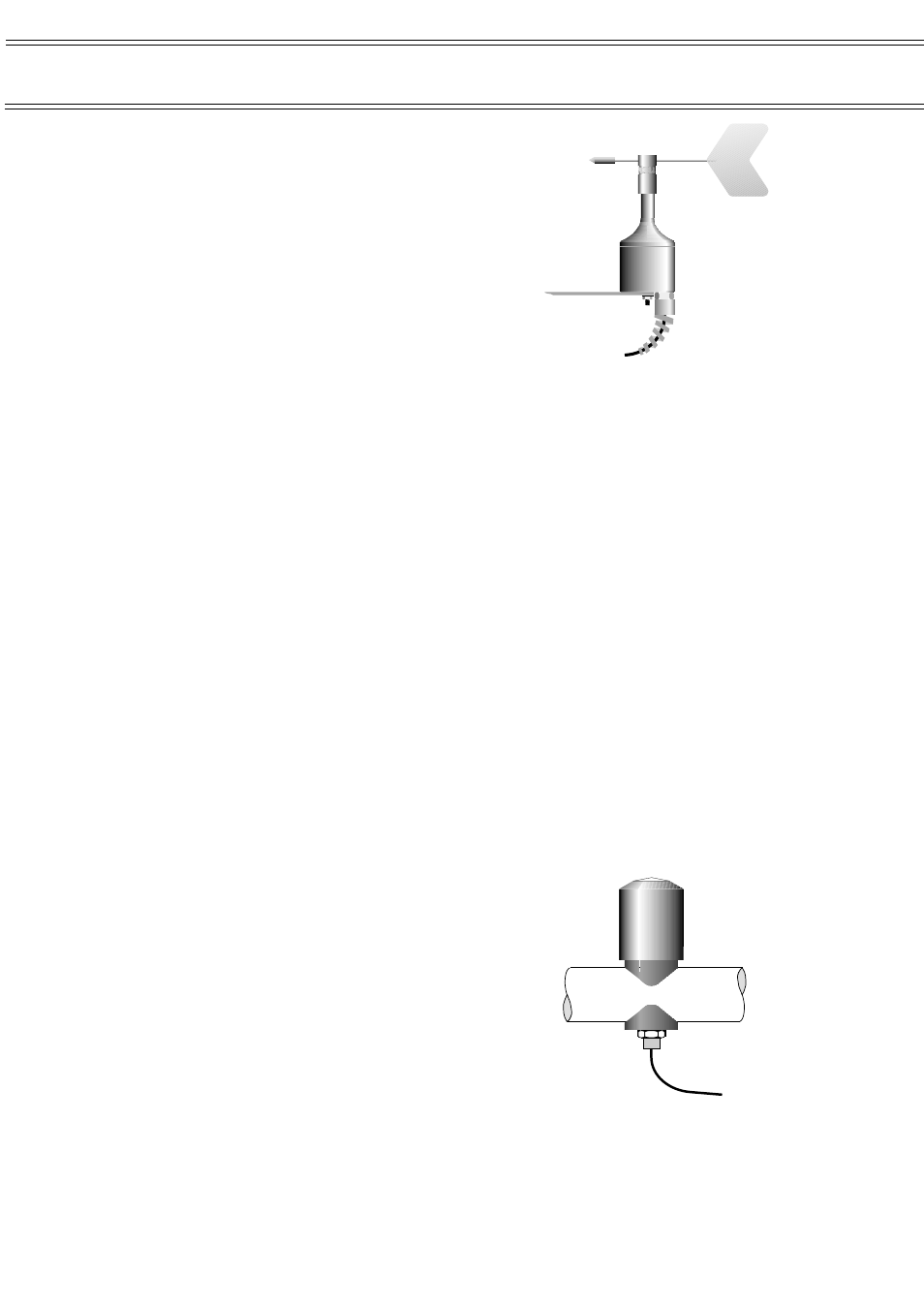5 global solar radiation sensor, Standard sensors – Casella CEL Nomad portable weather station User Manual
Page 44

analog output changes from 0 to 1.8 V as the
wind direction changes from 0 to 359°, with
no dead-band at north.
The instrument has an anodised
aluminium alloy outer case that offers a
durable all-weather construction suitable for
installation in harsh environments.
6.4.1
Wind Direction Sensor
Specification
Part number:
178035C
Sensor type:
Weather vane
Transducer:
GMR (giant magneto resistive sensor) solid
state system with micro-controller
Maximum wind speed:
75 m/s
Resolution:
1°
Accuracy:
<±2°
Aligning threshold:
<0.8 m/s for a 10° offset
Damping ratio:
0.25
Distance constant:
Typically 3.0 m
Undamped natural
wavelength:
2.2 m
Repeatability:
0.5% FSD
Electrical Angle:
0 - 359° no deadband at North
Output:
0 to 1.8 V DC for 0 to 359° representing a 1 s
rolling average updated 5 times per s
Operating temp:
-20°C to +70°C
Stabilisation time:
<1 s from power on
Supply Voltage:
6 - 28 V DC (supplied from environmental
case)
Power consumption:
Typically 3 mA
9 mA during first 60 s after power on
6.5
Global Solar Radiation Sensor
The solarimeter is mounted on the sensor
head cross-arm between the wind speed and
direction sensors.
It measures the intensity of total
global solar radiation received at the earth’s
surface in terms of Watts/m² and responds
to both direct and diffused sunlight received
from the whole hemisphere. Diffused sunlight
continues to reach the earth even when the
sun is obscured behind cloud, and in the
twilight period before sunrise and after sun
set.
The sensor is based upon a silicon
photo detector which is housed within a
weather proof, anodised aluminium body designed for reliable long term
operation in outdoor conditions.
01058
Figure 13: Wind direction sensor
Standard Sensors
01059
Figure 14: Solar radiation sensor
Page 44 of 68
NOMAD Portable Weather Station
Users Handbook
